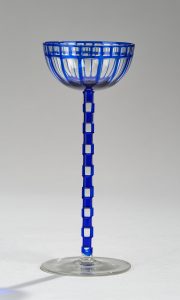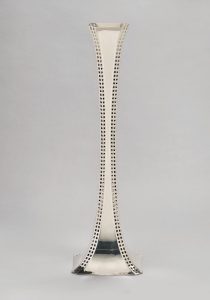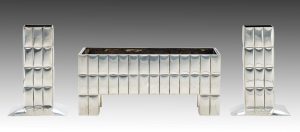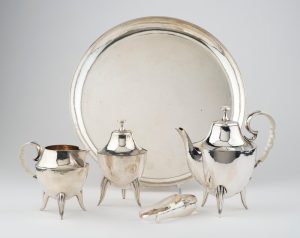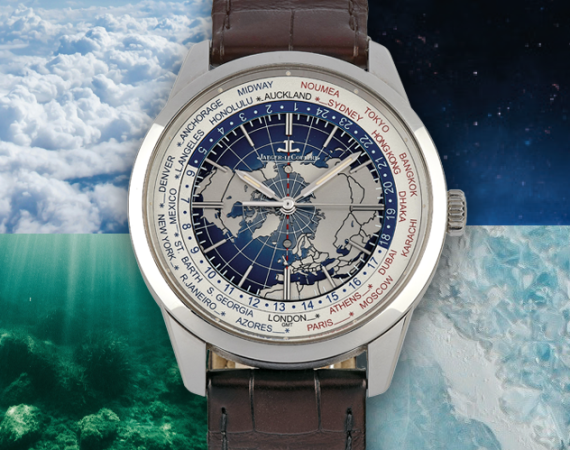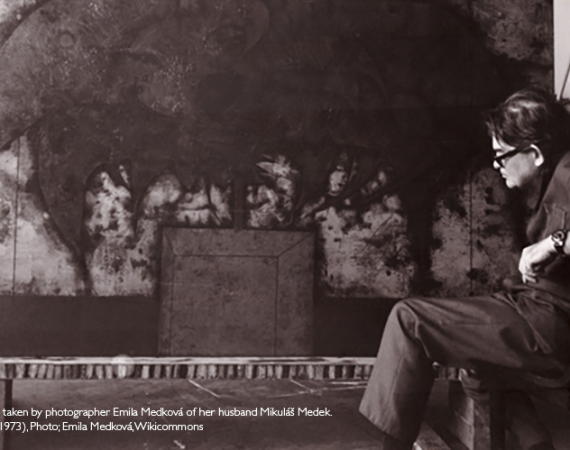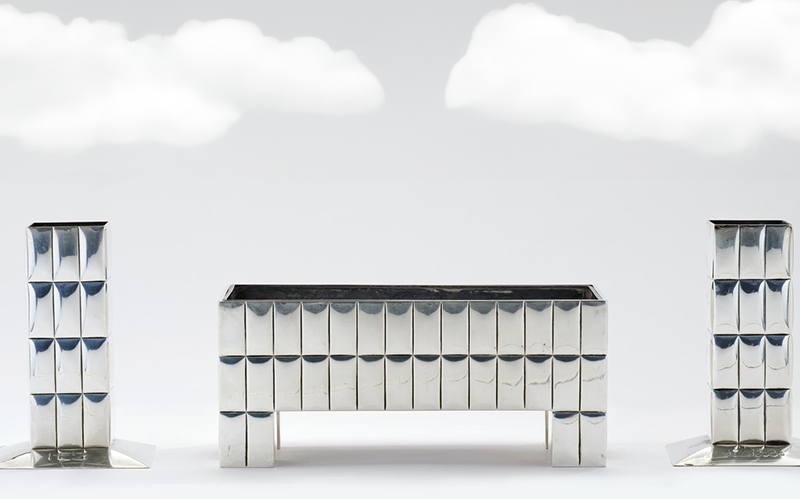
World Art Nouveau Day has been celebrated in many different countries with a variety of events on the 10th of June for the past eleven years. It was initiated by the Budapest Museum of Applied Arts (IMM) in cooperation with the Hungarian magazine Szecesszió.
Why the 10th of June? Because on that day, in 1914, the Hungarian Art Nouveau architect Ödön Lechner died, as did Antoni Gaudí, the protagonist of Catalan modernisme, in 1926. This date also has a special meaning for Austrian Art Nouveau as it was on 10th of June in 1903 that the proposal submitted by Otto Wagner for the construction of the Vienna Postal Savings Bank, was chosen as the winning design out of 37 entries.
Ödön Lechner’s Royal Postal Savings Bank in Budapest, which was completed a year earlier in 1902, presents a clear counterpoint to Wagner‘s simple, material-based, functional design for the Postal Savings Bank building in Vienna. In contrast, Lechner, who was known as the “Gaudí of the East”, brought together colourful, organic ornaments from Hungarian folk art and Art Nouveau elements for his design. These two buildings, built for the same purpose and yet so varied in their execution, perfectly illustrate the breadth in turn-of-the-century European style.
Wagner‘s position on architectural decoration and functionality went far beyond Art Nouveau and the ideas of the Vienna Secession: the beauty of the materials was to speak for itself. Can something that is not practical – and this was a fundamental question of modernity – be beautiful? Wagner wanted to save beauty, not in a detached niche, but as part of everyday life.
The Wiener Werkstätte, which was founded in 1903, was also a form of “applied arts modernity”. It was created to promote the aesthetic of its founders, Josef Hoffmann and Koloman Moser, and their colleagues such as Carl Otto Czeschka, Otto Prutscher and Dagobert Peche and to realise their intention to create modern, functional and technically perfect objects which made it possible to live “modernism” as a Gesamtkunstwerk.
As we celebrate World Art Nouveau Day on 10th of June, we should refer to the words of Berta Zuckerkandl, the grande dame of fin de siècle Vienna and great supporter of Josef Hoffmann. In an early essay on applied arts she wrote: “An object of art should cease to be merely a showpiece – articles of daily use should begin to have artistic value. May artists now take this step forward.”
AUCTION
Jugendstil and 20th Century Arts and Crafts
Online Auction
6 June 2024, 2 pm
Palais Dorotheum, Dorotheergasse 17, 1010 Vienna
magda.pfabigan@dorotheum.at
Tel. +43-1-515 60-383

